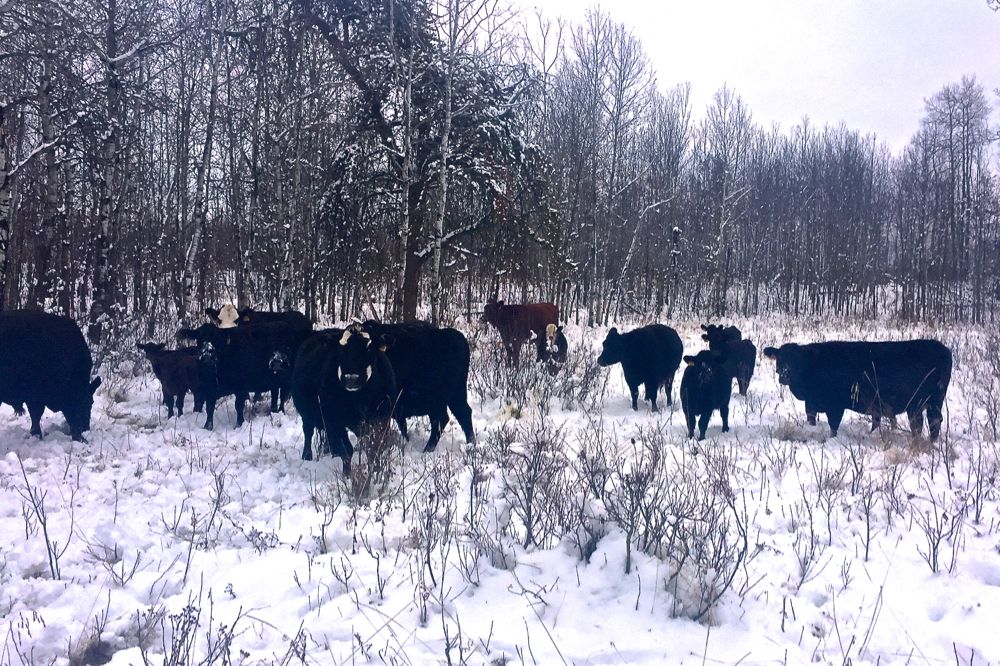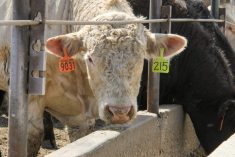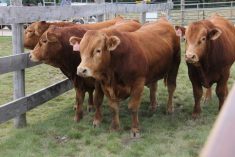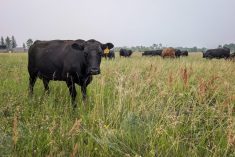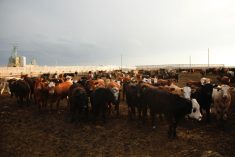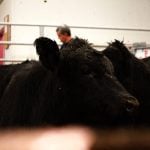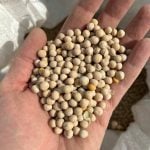The percentage of value (POV) subject to property taxes will be bumped back up on Saskatchewan producers’ rangeland and pasture for the 2017 tax year.
Government Relations Minister Donna Harpauer on Monday announced the POV on non-arable (range) land such as pastures will be set via regulatory amendment at 45 per cent, up from 40.
POVs, set by the province, are used to calculate taxable assessments from land’s assessed values, calculated by provincial assessment appraisers.
In Saskatchewan, revaluations on land for tax purposes are done every four years, at which time POVs are also reviewed and, if need be, adjusted.
Read Also
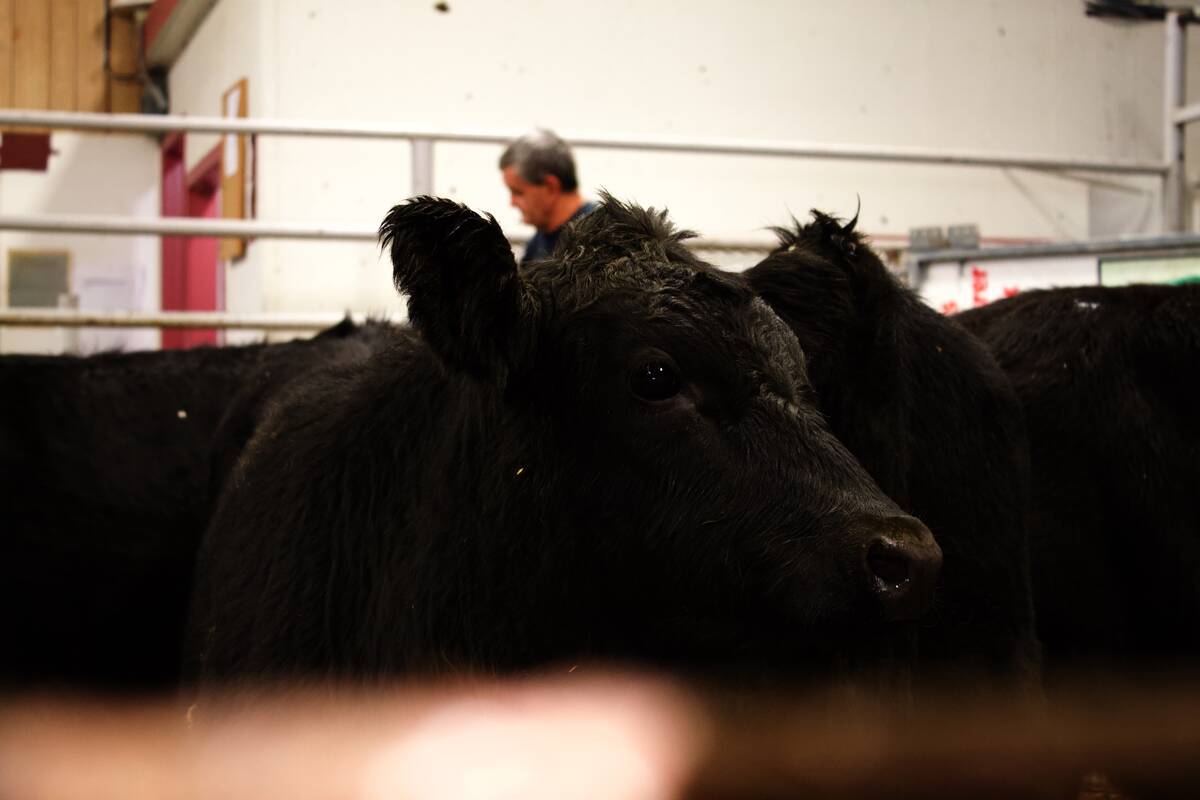
Klassen: Feeder market closes year on soft tone
For the week ending December 20, Western Canadian feeder cattle markets were steady to $10 weaker compared to seven days…
Taxable assessments are then multiplied by the mill rate, which is set by municipalities and the province for local and education property taxes respectively.
The POV on rangeland was set at 40 per cent in 2005, the province said, as a support for ranchers in the wake of the 2003 BSE crisis.
The update on rangeland for 2017 is meant “to reflect current values and to mitigate some of the tax shift onto cultivated agricultural properties.”
The value of Saskatchewan’s total taxable assessment on farmland has risen by over 100 per cent since the last revaluation in 2013, the province said.
The POV on cultivated agricultural land remains at 55 per cent, while the POV on residential, multi-unit residential and cottage properties will rise to 80 per cent, from 70. The commercial/industrial POV remains at 100 per cent.
Across all land categories, the value of Saskatchewan taxable assessment has risen from to $146 billion in 2017, from $108 billion in 2013.
“The ministry carried out extensive consultations last summer on projected revaluation-driven tax shifts,” Harpauer said Monday. “Municipalities have the tools to provide additional tax relief if they wish to do so.”
Education property tax mill rates are decided in the provincial budget process and are to be announced on budget day in March, the province said. — AGCanada.com Network

